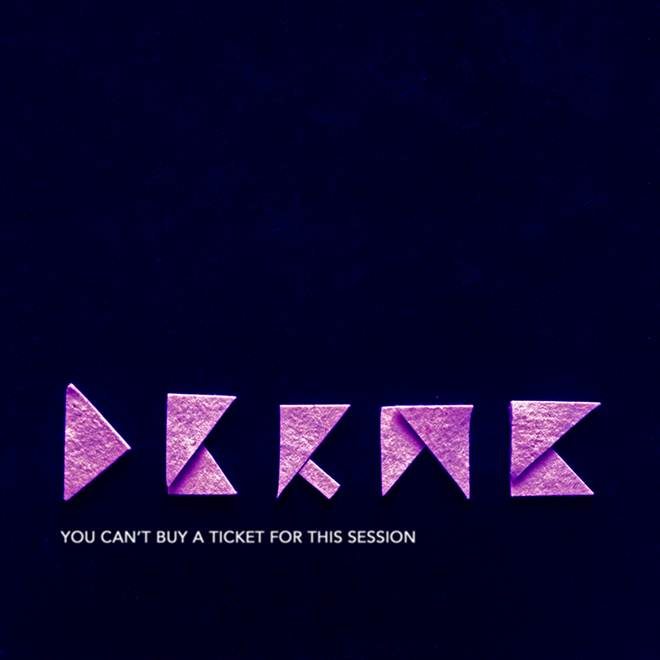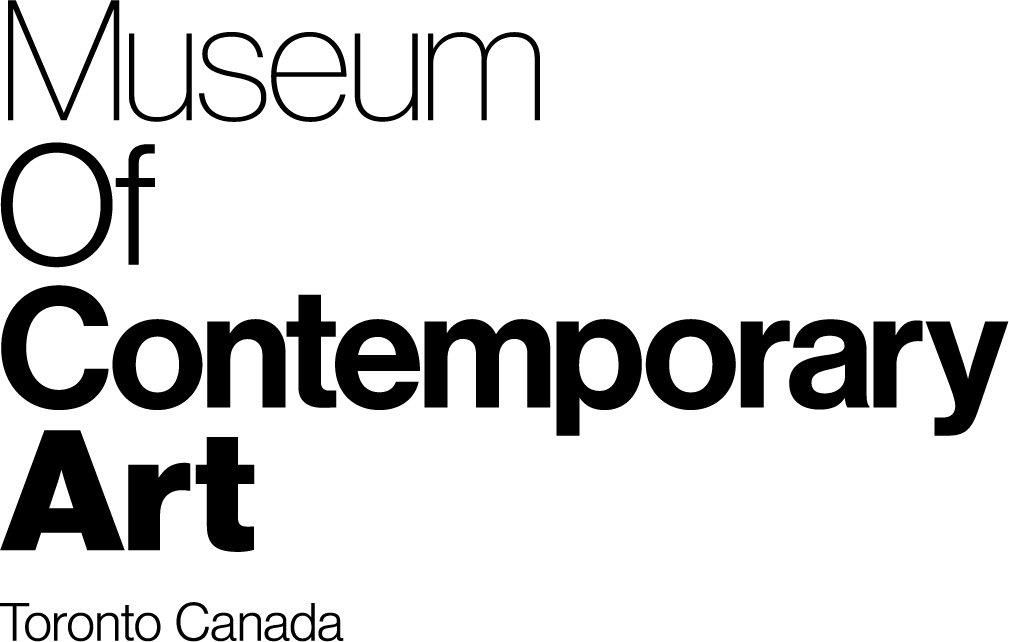Pedro Ferreira: “Fragments 2014”

- This event has passed.
Pedro Ferreira: “Fragments 2014”
December 11, 2014 @ 7:30 pm - 9:00 pm

A Derme live cinema event with media artist Pedro Ferreira and composer Allison Cameron (experimental music).
In a world of cross-fade songs with no space for silence, we try to slow things down. A state of meditation and inner peace. Being conscious of space and time, no rush for chord changes, no rush for new sounds. Noise is music, repetition is new information. Sampling from different sources, we cross between media; analog and digital technologies come face-to-face, questioning where we are now through rhythm and motion. The Derme live cinema collective believes in sharing and collaboration. We work together with visual and media artists, performers, musicians and sound designers, poets and writers. Derme live cinema performance creates fire for the ears, wind for the eyes and honey for the soul.
Pedro Ferreira (born in 1988, Portugal) graduated in multimedia arts and culture from the University of Porto. His works are at the interface between media, sound and visual arts. With the use of analog and digital technologies he creates experimental films, audiovisual installations, interventions and performances, photography and documentary. Ferreira is the director of Derme live cinema performance. He transits from West to Eastern Europe to Canada. The socio-cultural and political environment is his impulse for creation which results in specific local community research and pro-active interaction.
Allison Cameron is a Toronto composer and performer of experimental music. She improvises with and composes for Casio SK sampling keyboards, ukulele, banjo, Honeytone amps, radios, crackle box, cassette tapes, found objects, contact mics and guitar pedals. Using idiosyncratic performance techniques, her work exposes an unpremeditated sound world. Her performances have been recorded for Musicworks Magazine, Bug Incision and the Rat-drifting label.
Presented by the Goethe-Institut, the Images Festival and the Museum of Contemporary Canadian Art
Part of the European Media Art Network Exchange with Australia and Canada 2014 & 2015
Supported by the Cultural Programme 2013 of the European Commission, the Goethe-Institut


